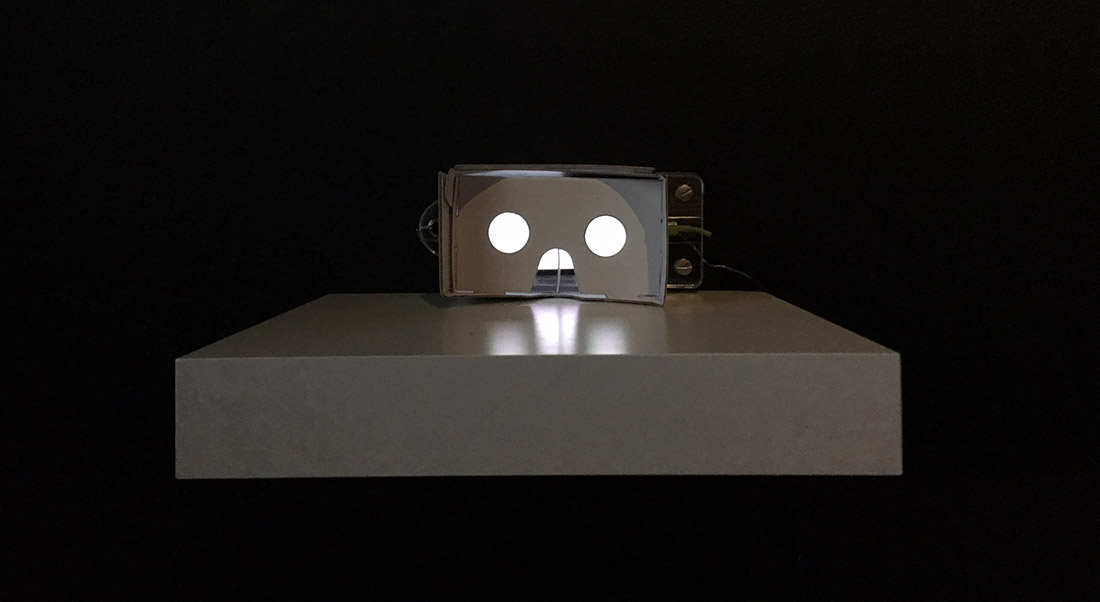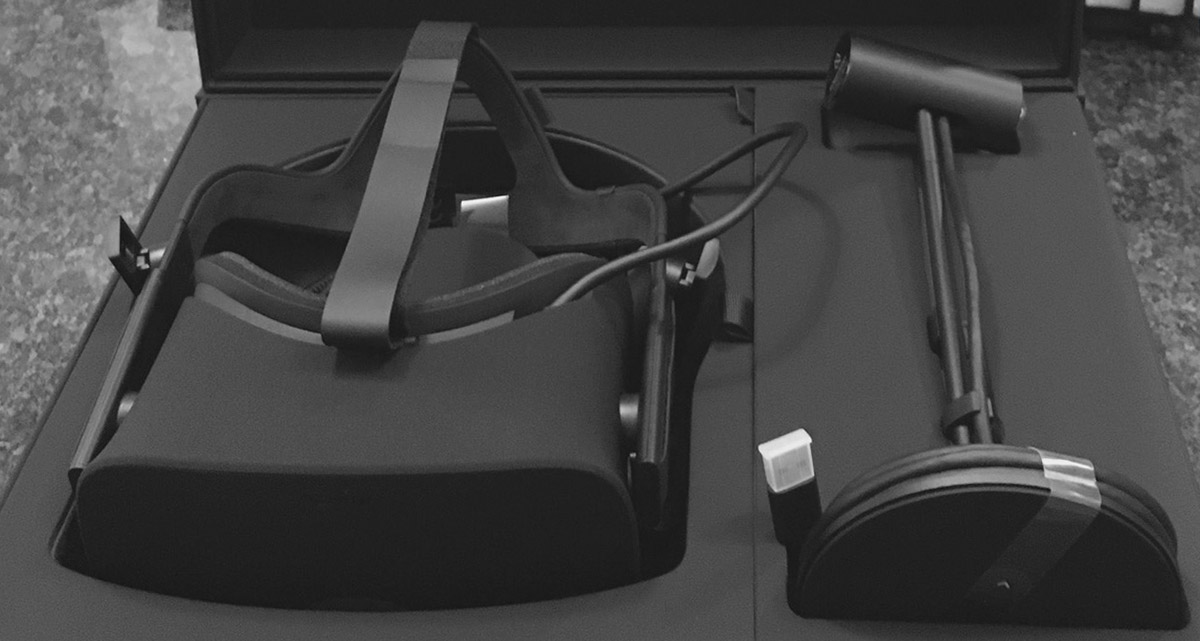A Virtual Conundrum
Our world is about to get a whole lot more digital.
Virtual Reality (VR) technology is breaking into the consumer world in droves. Understanding the terminology and history associated with this new technology is important as it gets developed and refined over time. Already, an array of delineations are being crammed into the term 'virtual reality' which it simply is not equipped to handle. As VR evolves, new words will have to be created. Language from other fields, such as the video game industry, will also have to be borrowed to create a spectrum that can handle the emerging technology.
Virtual Reality, by definition, is computer-generated simulations of a three-dimensional images or environments that can be interacted with in a seemingly real or physical way by a person. For some reason, people have skipped over ‘computer-generated’ and are applying the term to anything that utilizes a head mounted display. The most recent abusers of the term are due to the influx of 360-Degree video that is subsequently being called ‘virtual reality,’ which it is not. Wired published an excellent article " Stop Calling Google Cardboard's 360-Degree Videos 'VR'" which elaborates more on the diffentiations between VR and 360-Degree video. A friend of mine jokingly—but kind of seriously—referred to 360-degree video as “globospectral visualization.” A mouthful, but distinguishable for sure.

To get a better grasp on the emerging technology and why new terminology is appropriate, is to know, in brief, the history. Virtual Reality is not a new concept. The development of VR began in the middle of the 20th century, but technological limitations and crude graphics prevented the boom we are seeing today. Imagine trying to carry around a 50 pound tube monitor on your head. Not impossible, but far from ergonomic.
The military continued to develop VR over the next few decades for war simulations, but the technology and consumer demand were both still lackluster. In the 90s, whispers of VR became loud and excited chatter that was quelled, almost as soon as it started, by the birth of the internet. The glittery constantly connected digital heartthrob became so intertwined in our lives that we forgot about everything else.
Throughout the 90s and early 2000s, connected devices stole the show as screens got thinner and bigger while pixels got smaller and denser. Concurrently, Computer Generated Imagery (CGI) advanced from blocky low-polygonal representations of objects and characters to near lifelike in appearance. The never-ending “showroom allure” kept most people pleasantly distracted.
Computer Generated Imagery (CGI) advanced from blocky low-polygonal representations of objects and characters to near lifelike in appearance.
Not everyone was hypnotized though, as Palmer Luckey, Oculus’ founder and CEO, was busy dreaming about a VR filled world. In 2012, after years of prototyping, Luckey launched the Oculus Kickstarter, a VR headset designed as a personal project but unintentionally changed the world. By the end of the Kickstarter, Oculus had raised over 2million dollars and grabbed the attention of millions more.
The insurmountable press and allure surrounding Oculus put the idea of VR becoming a feasible household technology back in the minds of the masses. Still, the adventure was just beginning to unfold as Oculus’ road to release a consumer product continued over the next four years with Development Kit 1 and 2.
In 2014, Facebook acquired Oculus for $2billion. A purchase that rocked the tech world. See “Why Oculus’s $2bn sale to Facebook sparks fury from Kickstarter funders” by Leo Benedictus on theguardian.com for further reading. The future and potential of VR was no longer being taken lightly. Tech giants started to see the promise and hype of virtual reality. Meanwhile, other large tech companies such as Microsoft, HTC and Sony revealed that they were also developing their own hardware, Hololens, Vive, and Playstation VR respectively. No surprise there.
In 2016, the consumer version of the Oculus Rift was finally ready to go on the market and preorders for the device began at the start of the year. As the world proved ready for true virtual reality experiences, pre-orders flooded in. True virtual reality was finally here.

Now, as Oculus leads the way, the market is about to be saturated with companies ready to release their own version of VR. Both high and low-end products will hit the shelves, and, with any low end product, problems can arise.
Google Cardboard is the lowest possible entry point into the world is virtual reality. Cardboard is a bare bones, no-fills device and is, quite literally, a headset made out of cardboard and plastic magnifying lenses with a space to insert your smartphone. The device is incredibly limited in interaction and riddled with unfixable problems such as motion sickness since phones are not meant for virtual reality. The Cardboard conundrum if you will.
High-end devices such as Oculus Rift and HTC Vive have taken these issues into account to create consumer hardware free from issues such as motion sickness, however, they are currently incredibly expensive for the general consumer who does not own a high-end PC.
Though, positively, Google Cardboard has placed an inexpensive form of virtual reality into the hands of just about everyone. Getting VR, in any form, into the hands as many people as possible is incredibly important for its success.
***